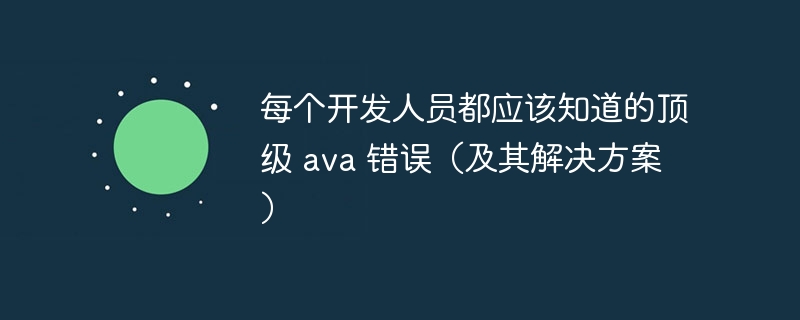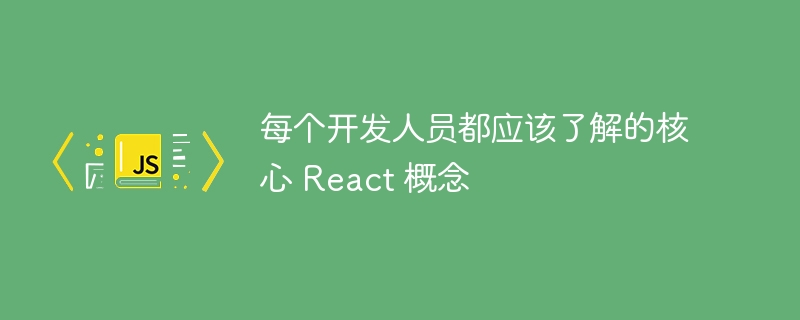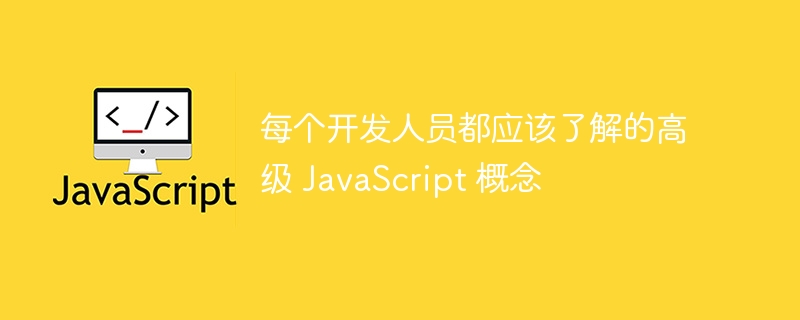
几十年来,java 一直是编程世界的强大力量,提供了可靠性、可扩展性和性能的结合。然而,像任何语言一样,它也有其怪癖和陷阱。在本博客中,我们将探讨 java 开发人员最常遇到的 5 个错误,以及避免或修复这些错误的实用解决方案。无论您是经验丰富的 java 开发人员还是新手,这些见解都将帮助您编写更简洁、更高效的代码。
1. “nullpointerexception”噩梦
问题
nullpointerexception (npe) 可能是 java 中最臭名昭著的错误。当您的代码尝试使用空对象引用时,就会发生这种情况。这种情况可能发生在多种场景中,例如调用 null 对象的方法、访问 null 对象的字段,甚至抛出 null 作为异常。
例子
string str = null; int length = str.length(); // nullpointerexception
解决方案
为了防止 nullpointerexception,请在使用对象之前始终检查 null。您还可以使用 java 8 中引入的 java 的可选类来更优雅地处理潜在的空值。
传统的空检查
if (str != null) {
int length = str.length();
} else {
system.out.println("string is null");
}
使用可选
optional<string> optionalstr = optional.ofnullable(str); int length = optionalstr.map(string::length).orelse(0); </string>
参考
- 理解 nullpointerexception
- 在 java 中使用可选
2. 并发修改异常:the silent crasher
问题
当使用 iterator()、foreach 或 for-each 循环等方法迭代集合时修改集合时,会发生 concurrentmodificationexception。这可能会特别令人沮丧,因为它经常出乎意料地发生。
例子
list<string> list = new arraylist(arrays.aslist("one", "two", "three"));
for (string item : list) {
if ("two".equals(item)) {
list.remove(item); // concurrentmodificationexception
}
}
</string>
解决方案
为了避免concurrentmodificationexception,请使用迭代器的remove()方法,而不是直接修改集合。或者,您可以使用并发集合,例如 copyonwritearraylist。
使用迭代器的remove()
iterator<string> iterator = list.iterator();
while (iterator.hasnext()) {
string item = iterator.next();
if ("two".equals(item)) {
iterator.remove(); // safe removal
}
}
</string>
使用 copyonwritearraylist
list<string> list = new copyonwritearraylist(arrays.aslist("one", "two", "three"));
for (string item : list) {
if ("two".equals(item)) {
list.remove(item); // safe removal with no exception
}
}
</string>
参考
- 避免 concurrentmodificationexception
3. 内存泄漏:隐藏的敌人
问题
java 的自动垃圾回收在管理内存方面非常出色,但它并不是万无一失的。当对象无意中保留在内存中,从而阻止垃圾收集器回收它们时,就会发生内存泄漏。随着时间的推移,这可能会导致 outofmemoryerror 并降低应用程序性能。
例子
内存泄漏的一个常见原因是对象被添加到静态集合中并且从未被删除。
public class memoryleakexample {
private static list<string> cache = new arraylist();
public static void addtocache(string data) {
cache.add(data);
}
}
</string>
解决方案
为了防止内存泄漏,请注意静态集合的使用,并确保不再需要时删除对象。分析器和内存泄漏检测器(例如 visualvm、eclipse mat)等工具可以帮助识别和诊断内存泄漏。
修复示例
public static void addtocache(string data) {
if (cache.size() > 1000) {
cache.clear(); // avoid unbounded growth
}
cache.add(data);
}
参考
- 了解 java 中的内存泄漏
4. classcastexception:意外崩溃
问题
当您尝试将对象转换为它不是其实例的子类时,会发生 classcastexception。当使用未正确使用泛型的集合或遗留代码时,通常会发生这种情况。
例子
object obj = "hello"; integer num = (integer) obj; // classcastexception
解决方案
为了防止 classcastexception,请始终在转换之前检查类型,或者更好的是,使用泛型在编译时强制执行类型安全。
安全类型检查
if (obj instanceof integer) {
integer num = (integer) obj;
}
使用泛型
list<string> list = new arraylist();
list.add("hello");
string str = list.get(0); // no casting needed
</string>
参考
- 避免 classcastexception
5. 无限循环:cpu 霸主
问题
当循环继续无限期地执行时,就会发生无限循环,因为循环条件永远不会变为假。这可能会导致您的应用程序挂起、消耗所有可用的 cpu 并变得无响应。
例子
while (true) {
// infinite loop
}
解决方案
始终确保您的循环具有有效的终止条件。您可以使用调试工具或添加日志记录来确认循环是否按预期终止。
修复示例
int counter = 0; while (counter <h3> 参考 </h3>
- 防止 java 中的无限循环
结论
虽然 java 是一种健壮且可靠的语言,但这些常见错误甚至可能会困扰经验丰富的开发人员。通过理解和实现我们讨论的解决方案,您可以编写更稳定且可维护的代码。请记住,避免这些陷阱的关键是了解它们并采取减轻其影响的最佳实践。快乐编码!
作者:rupesh sharma,又名@hackyrupesh
以上就是每个开发人员都应该知道的顶级 ava 错误(及其解决方案)的详细内容,更多请关注php中文网其它相关文章!





